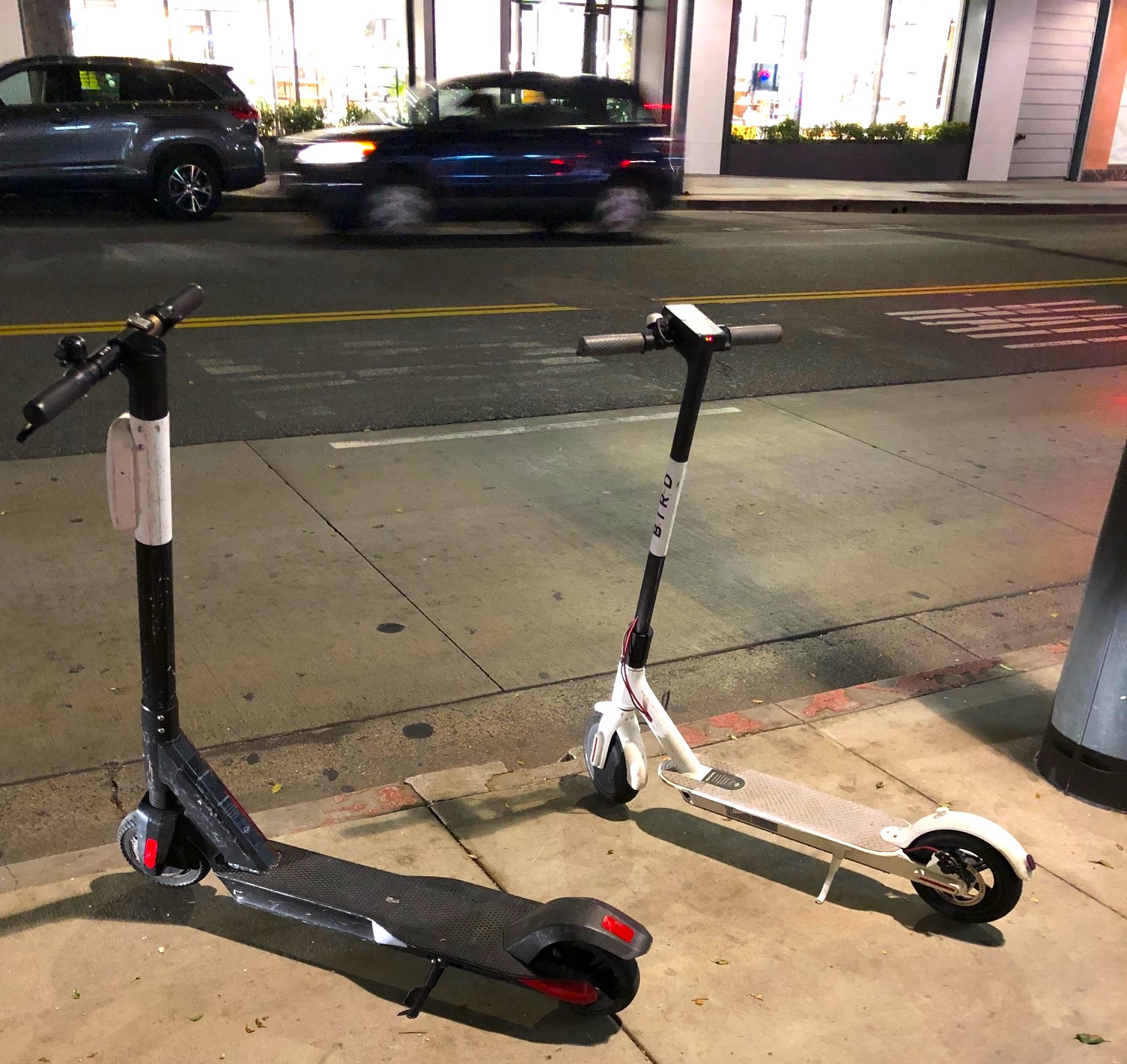Last week, I traveled to Los Angeles and stayed in Koreatown, not far from downtown. It was a personal trip, but I couldn’t help but notice the number of dockless electric scooters on the street. I stayed near 3rd Street and Hobart Boulevard. As I walked down the street throughout my stay, I saw people cruising by on their scooters, mostly on the sidewalk.
At first, I thought of the same concerns that others have mentioned about scooters, “What if they hit pedestrians? Why are they on the sidewalks?” On the other hand, it didn't seem safe to ride scooters on the car-centric Los Angeles streets, which is why I only saw a few people doing so. I could barely cross the street in Los Angeles without feeling a tinge of fear.
After a few days, I started to get used to the sight of scooters, and it seemed that everyone else was also used to their presence, at least in Koreatown. I can’t speak to other areas of the city.
In September 2018, the Los Angeles City Council approved the city’s first set of rules for companies providing scooters. A one-year program was created to allow any company to apply for a permit for up to 10,500 scooters.The rules also stated companies are limited to 3,000 scooters or bikes anywhere in the city and can deploy up to 2,500 more in low-income areas. An additional 5,000 vehicles can be deployed in low-income neighborhoods of the San Fernando Valley.
I was in Santa Monica, a beachfront city surrounded on three sides by LA, and also saw a proliferation of scooters. In August 2018, the city announced they were allowing Bird, Lime, Lyft, and Uber to operate in Santa Monica. Compared to in Koreatown, more scooter users were riding the streets using the bike lanes to get around. Both cyclists and scooter riders shared the road. Granted, there weren’t many cyclists on the streets. However, the ones that were in the bike lanes seemed to coexist well with the scooters.
When I was in Detroit last fall, I also saw many scooters in the downtown area. Of course, the density of that city's downtown doesn’t compare to the density of Chicago’s.
I have never been too intrigued by scooters, but seeing them used in a city like Los Angeles piqued my interest. Can scooters help reduce the number of motor vehicle trips in car-centric cities? Scooters haven't been rolled out in Chicago, except for a few demos at street fairs, but a recent DePaul study, bankrolled by Bird, looked at the potential benefits.
Of course, the trend isn’t without downsides as well. A recent study published in the medical journal JAMA Network Open showed that more electric scooter riders showed up with injuries in the emergency rooms of two hospitals on Los Angeles' scooter-heavy Westside than either cyclists or pedestrians. There's also the question of how to ensure that all residents of cities will have equitable access to the technology.
But in a car-centric city Los Angeles, as well as a somewhat less auto-dependent city like Chicago, scooters do have the potential to take some cars off the streets.
![]()
Did you appreciate this post? Consider making a donation through our PublicGood site.





